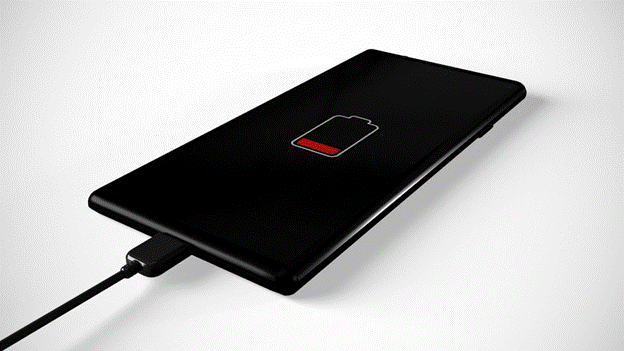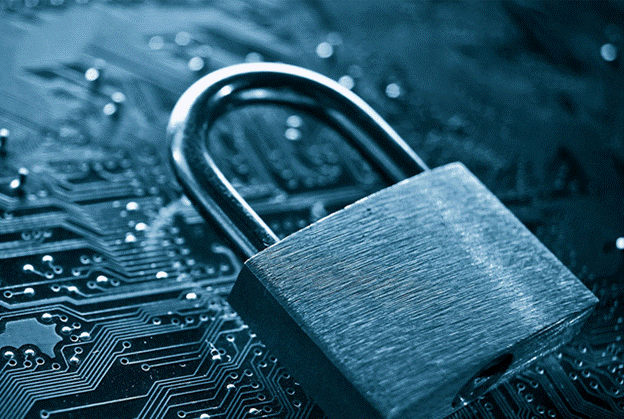|
The OP
Published on 2021-2-23 09:28
Only look at the author
This post is from RF/Wirelessly
Latest reply
Wi-Fi is getting stronger
Details
Published on 2021-3-2 22:04
| ||||||||||
|
Personal signature
玩板看这里: https://bbs.eeworld.com.cn/elecplay.html EEWorld测评频道众多好板等你来玩,还可以来频道许愿树许愿说说你想要玩的板子,我们都在努力为大家实现! |
||||||||||
|
2
Published on 2021-2-23 10:08
Only look at the author
| |
|
|
|
|
|
This post is from RF/Wirelessly
| ||||||||||
|
Personal signature
玩板看这里: https://bbs.eeworld.com.cn/elecplay.html EEWorld测评频道众多好板等你来玩,还可以来频道许愿树许愿说说你想要玩的板子,我们都在努力为大家实现! |
||||||||||
|
|
|
4
Published on 2021-2-23 10:35
Only look at the author
This post is from RF/Wirelessly
| ||
|
|
||
|
|
|
alan000345
Currently offline
|
5
Published on 2021-3-2 22:04
Only look at the author
|
|
|
|
|
|
测评达人
论坛测评队员
- 【Posts】Will the basic technology of PA become more complex with the advent of the 5G era?
- 【Posts】Follow me Season 2 Episode 2-3 Through Wi-Fi, use the MQTT protocol to access the open source smart home platform HA (Home...
- 【Posts】【Follow me Issue 2】Advanced Task: Connect to the open source smart home platform HA via Wi-Fi using the MQTT protocol...
- 【Posts】【Follow me Season 2 Episode 2】+ Access the open source smart home platform HA via Wi-Fi using the MQTT protocol
- 【Posts】IoT introductory example based on MQTT message communication: realizing Wi-Fi remote temperature and humidity collection, control and network clock
- 【Posts】Wi-Fi 7 is here. How powerful is it?
- 【Posts】Staying up late makes people become wretched, so I decided to stop staying up late
- 【Posts】Is the era of Wi-Fi 6 really coming? Are the original wireless routers going to be eliminated?
- 【Download】How to make LED lighting smarter
- 【Download】Our sensors make cars more comfortable and convenient
- 【Design】Remote control design 790344A based on Tang Hua’s ingenuity
- 【Design】[Lichuang Development Board] Smart NES game console
- 【Design】[Lichuang Development Board] Smart smart car
- 【Design】L50 smart sensor light
- 【Design】WiCAN: Open Source ESP32-C3 CAN Adapter Supporting USB, Wi-Fi and BLE
- 【Design】Xiaoxi & Atong -> Chinese firmware multi-tube Wi-Fi Geiger counter
- 【Circuits】Smart and sensible little magic box
- 【Circuits】Embedded smart home system gateway module circuit design
- 【Circuits】Smart home system gateway wireless transceiver module circuit design
- 【Articles】Wi-Fi HaLow: Making Smart Homes Even Smarter
- 【Articles】Improve your smart home experience with Wi-Fi HaLow access points
- 【Articles】Morse Microelectronics and Zhishen Technology cooperate to launch Wi-Fi HaLow smart home doorbell
- 【Articles】Pushing the limits: Morse Microelectronics tests Wi-Fi HaLow in Joshua Tree National Park, USA
- 【Articles】Wi-Fi CERTIFIED HaLow?: Redefining Connectivity for the Internet of Things
- 【Articles】Morse Microelectronics and Starlink IoT jointly launch Wi-Fi HaLow gateway, sensor camera and people counting sensor
-
Wi-Fi technology comparison: Wi-Fi HaLow vs. Wi-Fi 6
AsthenumberofInternetofThings(IoT)devicessurges—it’spredictedthatthetotalnumberofIoTdeviceswillexceed40billionby2025—ourexpectationsforfast,energy-efficient,andsecureconnectionsarealsosoaringWhatisWi-FiCERTIFIED6R?Wi-Fi6isthelatestgenera ...
-
Wi-Fi HaLow vs LoRaWAN
Thesmart,connecteddevicesthatmakeuptheInternetofThings(IoT)continuetomultiplyWhatdoyouthinkaboutthis,myfriends?Thegapbetweenthesetwovaluesistoobig~ShareanarticleIjustsawaboutthecomparisonbetweenWi-FiHaLowandLoRaWANThesmart,connecteddevicest ...
-
DIY a pocket experimental power supply
ExperimentalpowersupplyisoneofthemostbasictoolsforelectronicDIYAsapowersupplyforamateurDIY,therearemanyoccasionsfordemand,whichcannotbecoveredbyasinglepowersupplyIoftenneedacompactpowersupply. WhenIwasinjuniorhighschool,Ihadoneortwoa ...
- [V2S200D Voice Vibration Sensor Evaluation Kit Review] Review Summary
- [V2S200D Voice Vibration Sensor Evaluation Kit Review] Audacity Tool Test
- What is feedback? What is a feedback circuit? What does feedback do?
- Push-Pull Topology Issues
- Can I dig a groove in altium designer without drilling through it? Thank you.
- EEWORLD University Hall--Detailed explanation of algorithms Stanford University classic video course
- Confession of a duck that lays red-heart eggs! (The truth is in it)
EEWorld Datasheet Technical Support
-
"Cross-chip" quantum entanglement helps build more powerful quantum computing capabilities
IBM scientists have achieved "cross-chip" quantum entanglement - successfully entangled two "Eagl
-
Ultrasound patch can continuously and noninvasively monitor blood pressure
A research team at the University of California, San Diego, has developed an innovative wearable
-
Europe's three largest chip giants re-examine their supply chains
At the Electronica 2024 CEO Roundtable held just last week, the CEOs of three chip giants, Infine
- It is reported that Kioxia will be approved for listing as early as tomorrow, and its market value is expected to reach 750 billion yen
- The US government finalizes a $1.5 billion CHIPS Act subsidy to GlobalFoundries to support the latter's expansion of production capacity in the US
- SK Hynix announces mass production of the world's highest 321-layer 1Tb TLC 4D NAND flash memory, plans to ship it in the first half of 2025
- UWB is a new way to use it in cars. Can wireless BMS also use it?
- Filling the domestic gap! China Mobile, Huawei and others jointly released the first GSE DPU chip
- Samsung Electronics NRD-K Semiconductor R&D Complex to import ASML High NA EUV lithography equipment
- Apple reveals the secret of its own chip success: competitors can't use the latest cutting-edge technology
- Problems with STM32 and passive buzzer playing sound
- Embedded Tutorial_DSP Technology_DSP Experiment Box Operation Tutorial: 2-28 Building a Lightweight WEB Server Experiment
- OPA847IDBVR op amp domestic replacement
- AG32VF407 Test UART
- [Digi-Key Follow Me Issue 2] Chapter 1: Sharing on receiving the goods
- What model is this infrared receiver? Which model can be used instead? Thank you
- Selling brand new unopened ZYNQ 7Z020 FPGA core board
- The LORA module used in the lithium battery-powered water meter setting can save energy when 100 water meters are installed in one corridor.
- I would like to ask, when a port is set to RX0, is it necessary to set the input and output direction of this port?
- Why is this year so difficult? It’s even more difficult than during the pandemic. I’m 30 and facing unemployment. I’m so confused.
- Ask about the voltage regulator test question
- [Xiaohua HC32F448 Review] About Xiaohua Semiconductor's UART interrupt sending and PRINTF construction and redirection
- 【BIGTREETECH PI development board】 HDMI output test
- 【BIGTREETECH PI development board】+08. Audio test (zmj)
- [Xiaohua HC32F448 Review] +RTC electronic clock










 提升卡
提升卡 变色卡
变色卡 千斤顶
千斤顶